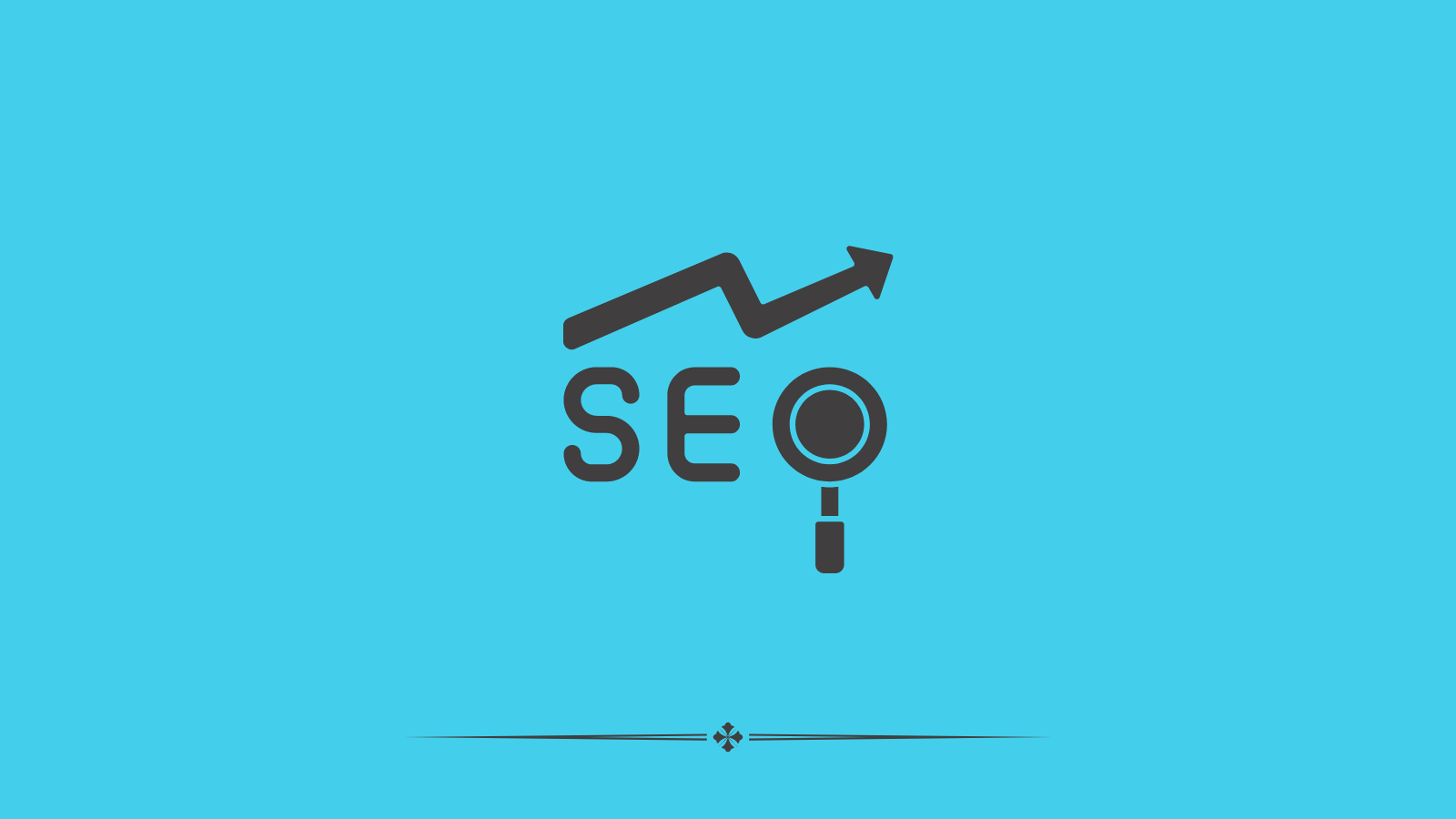The Digital Marketing Techniques Your Business Can’t Afford To Skip

Digital marketing has become the cornerstone of modern business strategies, offering unparalleled reach and targeting capabilities. However, with so many techniques and channels available, it can be challenging to determine where to focus your efforts.
Here are some digital marketing techniques that your business can’t afford to skip.
Chapters
Search Engine Optimization (SEO)

SEO is an important aspect of any successful digital marketing strategy. It involves optimizing your website to rank higher in search engine results pages (SERPs) for relevant keywords that users are searching for. By improving your visibility on platforms like Google, you can increase your organic traffic and boost your chances of converting visitors into customers. Key aspects of SEO include keyword research, on-page optimization, technical SEO, and building high-quality backlinks.
Content Marketing
Content marketing is all about creating and sharing valuable content that’s also relevant and consistently that attracts and retains your audience. This can include blog posts, articles, videos, infographics, and more.
By providing helpful information to your target audience through your content, you can position your brand as an authority in your industry and drive engagement. Content is also important in supporting your SEO efforts by providing content that search engines can index and rank.
Social Media Marketing
With billions of active users, social media is a great method for connecting with your audience. Whether it’s Facebook, Instagram, X (formerly Twitter), LinkedIn, or TikTok, each platform has its unique strengths and demographics.
Social media marketing involves creating and sharing interesting content, engaging with followers, running ads, and leveraging analytics to refine your strategy. Building a strong presence on your socials can help you boost brand awareness, drive traffic in the direction of your site, and generate leads.
Neglecting social media is one of the most critical marketing mistakes you can make, as it puts you at a disadvantage compared to competitors who are actively engaging with their audiences and driving growth through these platforms.
Email Marketing

Despite the rise of social media and other methods, email marketing is still one of the most effective ways to look after leads and boost conversions. By building up an email list of subscribers who have opted in to receive communications from your brand, you can deliver targeted messages directly to their inbox.
Email marketing campaigns can include newsletters, promotional offers, product updates, and personalized recommendations. With the right strategy and segmentation, you can increase engagement, drive sales, and build long-lasting relationships with your customers.
Pay-Per-Click Advertising (PPC)
PPC advertising lets you bid for ad placement in search engine results or on other digital platforms. Unlike organic search traffic, PPC ads appear at the top of SERPs and can provide instant visibility for your brand. Google Ads, Bing Ads, and ads on social media like Facebook Ads and LinkedIn Ads are popular choices for PPC campaigns.
By targeting specific keywords and demographics, you can reach potential customers when they’re searching for products or services like yours. To be successful with this type of digital marketing technique, it’s best to outsource to an expert Google Ads agency to craft a campaign that will make the biggest impact.
Video Marketing
Video content is increasingly popular, with platforms like YouTube and TikTok boasting billions of users worldwide. Video marketing engages your audience in a dynamic and visually appealing way.
Whether it’s product demonstrations, tutorials, behind-the-scenes footage, or customer testimonials, video content can help you to convey your brand’s message effectively. On top of this, video content tends to perform well on social media and can improve your website’s SEO.
Data Analytics and Measurement
Digital marketing that’s going to make a difference needs continuous monitoring and analysis of key metrics to understand what’s working and what isn’t. By leveraging tools like Google Analytics, you can track website traffic, user behavior, conversion rates, and more. This data allows you to make informed decisions about your marketing strategies, optimize your campaigns for improved results, and maximize your return on investment (ROI).
Top Digital Marketing Trends

Keeping up with the latest trends can feel like running a marathon. But staying informed is essential if you want to keep your brand relevant and your audience engaged. From AI advancements to new social media strategies, the digital marketing landscape is brimming with opportunities. Let’s dive into the top digital marketing trends shaping 2024 and how you can leverage them for success.
1. AI-Powered Marketing: Smarter, Faster, More Personalized
Artificial Intelligence (AI) is no longer a buzzword — it’s a game-changer in digital marketing. AI tools are helping businesses analyze data, create personalized content, and streamline customer interactions like never before.
Practical Example:
Chatbots like ChatGPT or Intercom can provide instant customer support, while AI tools like Jasper or MarketMuse generate SEO-optimized content tailored to your audience. With AI, you can automate repetitive tasks and focus on strategy.
2. Voice Search Optimization: Speaking Your Audience’s Language
With the rise of smart speakers like Amazon Echo and Google Home, voice search is becoming a crucial part of digital marketing strategies. Voice search queries are often conversational, so optimizing your content for these searches can boost your visibility.
Practical Tip:
Focus on long-tail keywords and natural language. Instead of “best restaurants New York,” think “What are the best family-friendly restaurants in New York?” FAQ pages and local SEO are also great for voice search optimization.
3. Video Marketing Dominance: Capturing Attention in Seconds
Video content continues to reign supreme, with platforms like TikTok, Instagram Reels, and YouTube Shorts leading the charge. Short, engaging videos grab attention quickly, making them perfect for capturing your audience’s interest and driving conversions.
Practical Example:
Brands like Duolingo use humorous TikToks to humanize their image, while businesses on Instagram leverage Reels for product teasers and how-to guides. Don’t be afraid to experiment with behind-the-scenes clips or user-generated content to add authenticity to your videos.
4. Interactive Content: Engaging Users Like Never Before
Interactive content, such as polls, quizzes, and calculators, keeps users engaged and encourages them to spend more time on your website or social media. It’s all about creating an experience, not just delivering information.
Practical Tip:
Use tools like Typeform or Outgrow to create interactive quizzes or calculators. For example, a skincare brand might offer a “What’s Your Skin Type?” quiz to recommend personalized products.
5. Sustainability Marketing: Aligning With Consumer Values
Today’s consumers are increasingly eco-conscious, and they expect brands to reflect those values. Sustainability marketing isn’t just a trend; it’s becoming a standard. Highlighting your green initiatives can help you connect with ethically minded audiences.
Practical Example:
Brands like Patagonia emphasize their sustainability efforts through compelling storytelling. Share your company’s eco-friendly practices on your website, social media, and email campaigns to build trust and loyalty.
6. Influencer Marketing 2.0: Micro and Nano Influencers on the Rise
While mega-influencers have their place, micro and nano influencers (with smaller, more niche audiences) are stealing the spotlight. These influencers often have higher engagement rates and build stronger connections with their followers.
Practical Tip:
Partner with influencers who align with your brand values and audience. Use platforms like Upfluence or Heepsy to find influencers who can authentically promote your products or services.
7. Zero-Party Data Collection: Gaining Consumer Trust
With increasing concerns about data privacy, businesses need to rethink how they collect and use customer information. Zero-party data — voluntarily shared by customers, such as preferences or feedback — is becoming a key strategy.
Practical Tip:
Encourage customers to share data through engaging experiences, like preference surveys or personalized email sign-ups. Tools like HubSpot or Klaviyo can help you manage this data effectively.
8. Social Commerce: Shopping Through Social Media
Social media platforms are becoming virtual storefronts, with features like Instagram Shop and TikTok’s in-app shopping. Social commerce streamlines the buying process, making it easier for customers to shop without leaving their favorite platform.
Practical Example:
Use Instagram’s product tagging feature to showcase items in your posts and stories. Combine this with user-generated content to build trust and drive sales.
9. Augmented Reality (AR) Experiences: Immersive Shopping
AR is transforming how customers interact with products online. From virtual try-ons to interactive product demos, AR creates immersive experiences that boost engagement and conversion rates.
Practical Example:
Beauty brands like Sephora use AR to let customers try on makeup virtually. If you’re in e-commerce, consider using AR tools like Shopify AR to enhance your customer experience.
10. Customer-Centric Content: Building Deeper Connections
Content marketing remains a cornerstone of digital marketing, but the focus is shifting toward hyper-personalized, customer-centric content. The more you understand your audience’s needs and preferences, the better you can create content that resonates.
Practical Tip:
Use AI tools like Frase to identify trending topics in your niche. Create content that answers your audience’s questions or solves their problems. Don’t just talk at your audience — engage with them.
Embrace the Trends, Stay Ahead
The digital marketing world never stands still, and staying ahead means adapting to new trends while staying true to your brand’s voice and values. From AI-powered tools to sustainability marketing, these trends offer exciting ways to connect with your audience and grow your business.
Start by experimenting with one or two trends that align with your goals and resources. As you see what works, you can expand your efforts and refine your strategies. Here’s to thriving in the ever-evolving world of digital marketing!
Create more and better content
Check out the following resources and Grow!